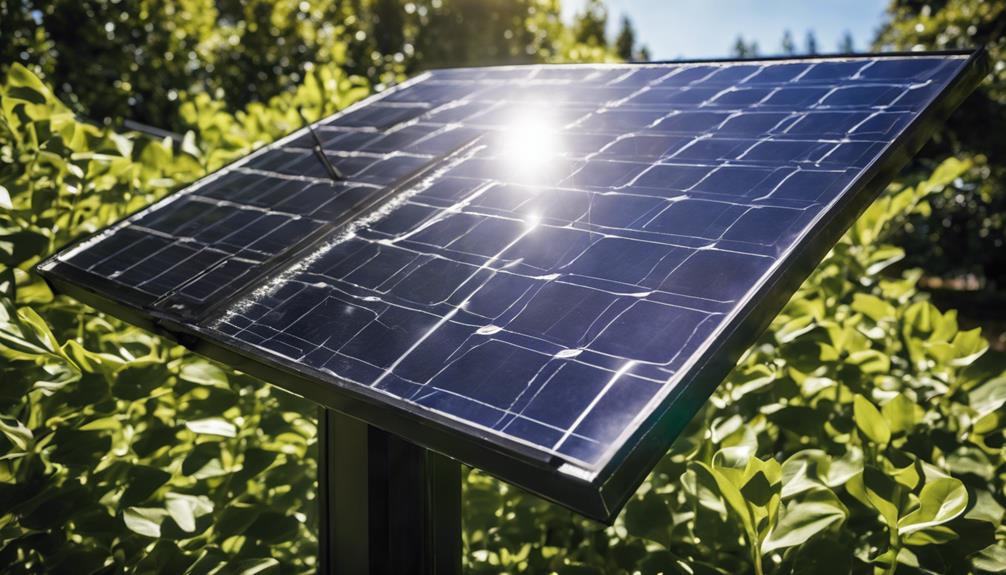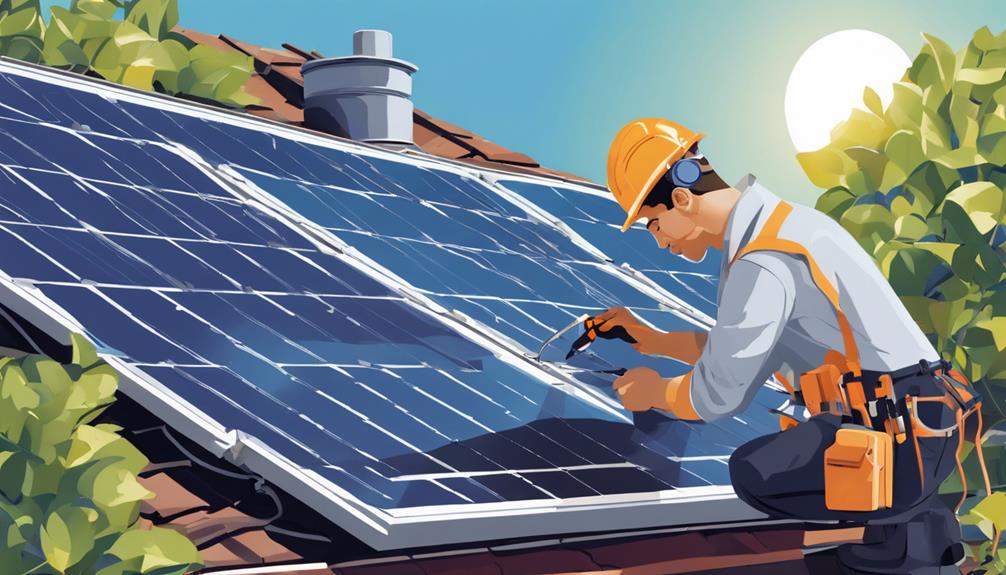
Solar energy has become a pivotal topic in discussions about renewable energy sources, sustainability, and climate change. Among the various metrics that measure solar energy, one of the most crucial is the concept of solar energy per square meter. This article will delve into what solar energy per square meter means, its implications for solar panel efficiency, and its importance in the global energy landscape.
What is Solar Energy Per Square Meter?
Solar energy per square meter refers to the amount of solar radiation received on a one square meter surface area at a given location. This measurement is crucial for evaluating how much solar energy can be harnessed in a specific region. The solar energy received varies based on several factors, including geographical location, time of day, and atmospheric conditions. Understanding this metric helps homeowners, businesses, and policymakers make informed decisions regarding solar energy investments.
Importance of Measuring Solar Energy Per Square Meter
Measuring solar energy per square meter is vital for several reasons. Firstly, it enables the assessment of solar potential in different areas. For instance, regions with high solar energy per square meter are more suited for solar panel installations. Secondly, this metric aids in the comparison of solar technologies and their efficiency. By understanding how much energy can be harvested from a specific area, engineers can design better solar systems tailored to meet energy demands while minimizing costs.
Factors Affecting Solar Energy Per Square Meter
Several factors influence the amount of solar energy received per square meter. Geographic location is perhaps the most significant factor, as areas closer to the equator generally receive more direct sunlight throughout the year. Seasonal changes also play a role; for example, summer months typically yield higher solar energy per square meter than winter. Additionally, local weather conditions, such as cloud cover, humidity, and pollution, can affect solar radiation levels. Understanding these factors can help individuals and organizations optimize their solar energy systems.
How to Calculate Solar Energy Per Square Meter
Calculating solar energy per square meter involves measuring solar radiation using specific instruments like pyranometers or solarimeters. The measurement is usually expressed in watts per square meter (W/m²). For example, if a solar panel is installed in an area where it receives an average of 1,000 W/m² of sunlight, the panel’s efficiency rating will dictate how much of that energy is converted into usable electricity. This calculation is essential for determining the return on investment for solar panel systems and understanding their performance.
Real-World Applications of Solar Energy Per Square Meter
The practical implications of solar energy per square meter are vast. For individual homeowners, understanding this metric can inform decisions about solar panel placement and system size, which directly affects energy savings and sustainability goals. For businesses, it can influence site selection for new facilities, ensuring that they are located in areas with optimal solar potential. Additionally, policymakers can use this information to promote solar energy initiatives, create incentives for solar installations, and plan for future energy needs in a more sustainable manner.
The Role of Technology in Enhancing Solar Energy Per Square Meter
Advancements in technology play a significant role in maximizing solar energy per square meter. Innovations such as bifacial solar panels, which capture sunlight from both sides, and solar trackers that adjust the panel’s position to follow the sun can significantly increase energy efficiency. Additionally, new materials, such as perovskite solar cells, are being researched for their potential to absorb more sunlight than traditional silicon-based panels. These technologies aim to increase the overall energy yield from solar installations, making them more viable as a primary energy source.
Challenges and Limitations of Solar Energy Per Square Meter
Despite its numerous benefits, solar energy per square meter also presents challenges and limitations. One significant limitation is the initial investment cost for solar panel systems, which can be prohibitive for some homeowners and businesses. Moreover, solar energy generation is intermittent; it can be affected by weather conditions and is not available at night, necessitating the need for energy storage solutions. These challenges highlight the importance of continuing to innovate and improve solar energy technologies and infrastructure.
The Future of Solar Energy Per Square Meter
The future of solar energy per square meter looks promising, with ongoing research and development aimed at improving efficiency and reducing costs. As global awareness of climate change grows, more individuals, businesses, and governments are likely to turn to solar energy as a sustainable solution. By harnessing and optimizing solar energy per square meter, we can move closer to achieving energy independence and reducing our carbon footprint. Continued investment in solar technology and infrastructure will be essential for a sustainable energy future.
In conclusion, understanding solar energy per square meter is fundamental for anyone involved in the solar energy sector. From homeowners considering solar installations to businesses planning for energy efficiency, this metric provides valuable insights into the potential for harnessing solar energy. By staying informed about the factors affecting solar energy, technological advancements, and the future of renewable energy, we can all contribute to a more sustainable world.





